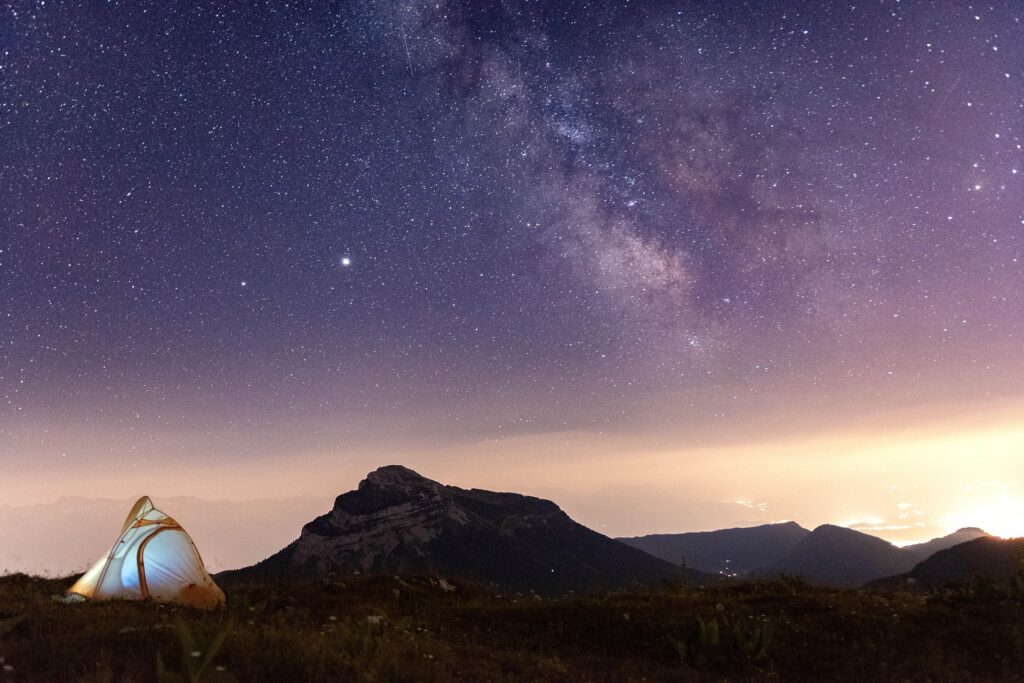
Introduction
Did you know that the light from some stars takes millions of years to reach Earth? When we gaze at the night sky, we are actually looking back in time! Stars are the building blocks of galaxies, including our own Milky Way. They come in various sizes, colors, and temperatures, influencing everything from cosmic evolution to astrology.
In this article, we’ll explore the different types of stars, their life cycles, fascinating facts, and how you can observe them in the night sky.
What Are Stars?
Stars are massive, luminous spheres of burning gas, primarily composed of hydrogen and helium. They generate energy through nuclear fusion, producing light and heat that make life on Earth possible. The Sun, our nearest star, is an example of a main sequence star, providing us with warmth and sustaining life.
Types of Stars in the Universe
Stars vary in size, brightness, and life span. Here are the main types of stars:
1. Main Sequence Stars
These stars, including our Sun, are in a stable phase, fusing hydrogen into helium.
They can range from small, cool red dwarfs to large, hot blue giants.
Example: The Sun, Sirius (the brightest star in the night sky).
2. Giant and Supergiant Stars
When a main sequence star exhausts its hydrogen, it expands into a red giant.
Supergiants like Betelgeuse are even larger and can explode as supernovae.
Example: Betelgeuse, Antares.
3. White Dwarfs
These are the remnants of smaller stars after they shed their outer layers.
They are incredibly dense, with a mass similar to the Sun but compressed into the size of Earth.
Example: Sirius B.
4. Neutron Stars & Black Holes
When a massive star explodes in a supernova, it may collapse into a neutron star or, if even denser, a black hole.
Neutron stars are incredibly small but dense, while black holes have gravity so strong that not even light can escape.
Example: The Crab Pulsar, Cygnus X-1 (a black hole candidate).
How Are Stars Born and How Do They Die?
Star Formation: The Birth of a Star
Stars form from nebulae, vast clouds of gas and dust in space.
Gravity pulls these gases together, increasing temperature and pressure until nuclear fusion ignites.
Stellar Evolution: A Star’s Life Cycle
Smaller stars like our Sun live for billions of years before becoming white dwarfs.
Larger stars burn hotter and die faster, often ending in spectacular supernova explosions, forming neutron stars or black holes.
Amazing Facts About Stars
The closest star to Earth (other than the Sun) is Proxima Centauri, 4.24 light-years away.
The largest known star, UY Scuti, is over 1,700 times larger than the Sun!
Some stars exist in binary or multiple star systems, orbiting each other.
How to Observe Stars?
Want to stargaze like an astronomer? Here’s how:
Use a Star Map or App: SkyView and Star Walk 2 help identify stars in real-time.
Look for Constellations: Orion, Ursa Major, and the Pleiades are great starting points.
Use a Telescope or Binoculars: Zoom into details like craters on the Moon or Jupiter’s moons.
Best Time for Stargazing: New moon nights, away from city lights.
Conclusion & Final Thoughts
Stars are more than just distant points of light—they are cosmic storytellers, revealing the secrets of the universe. Whether you’re interested in their science or their connection to astrology, stars will always captivate humanity.
What’s your favorite star? Let us know in the comments below! 🌟
